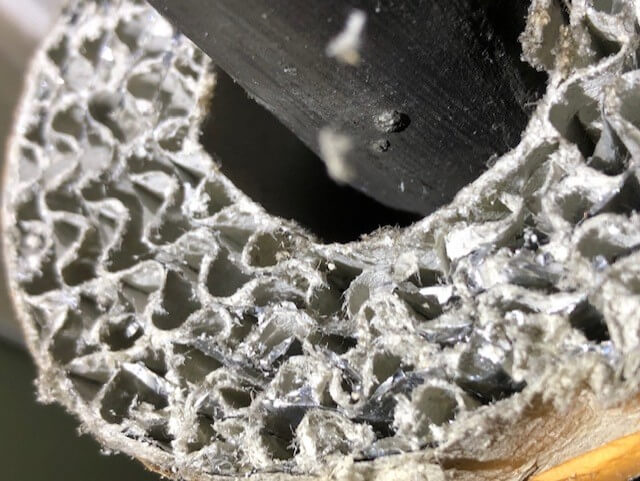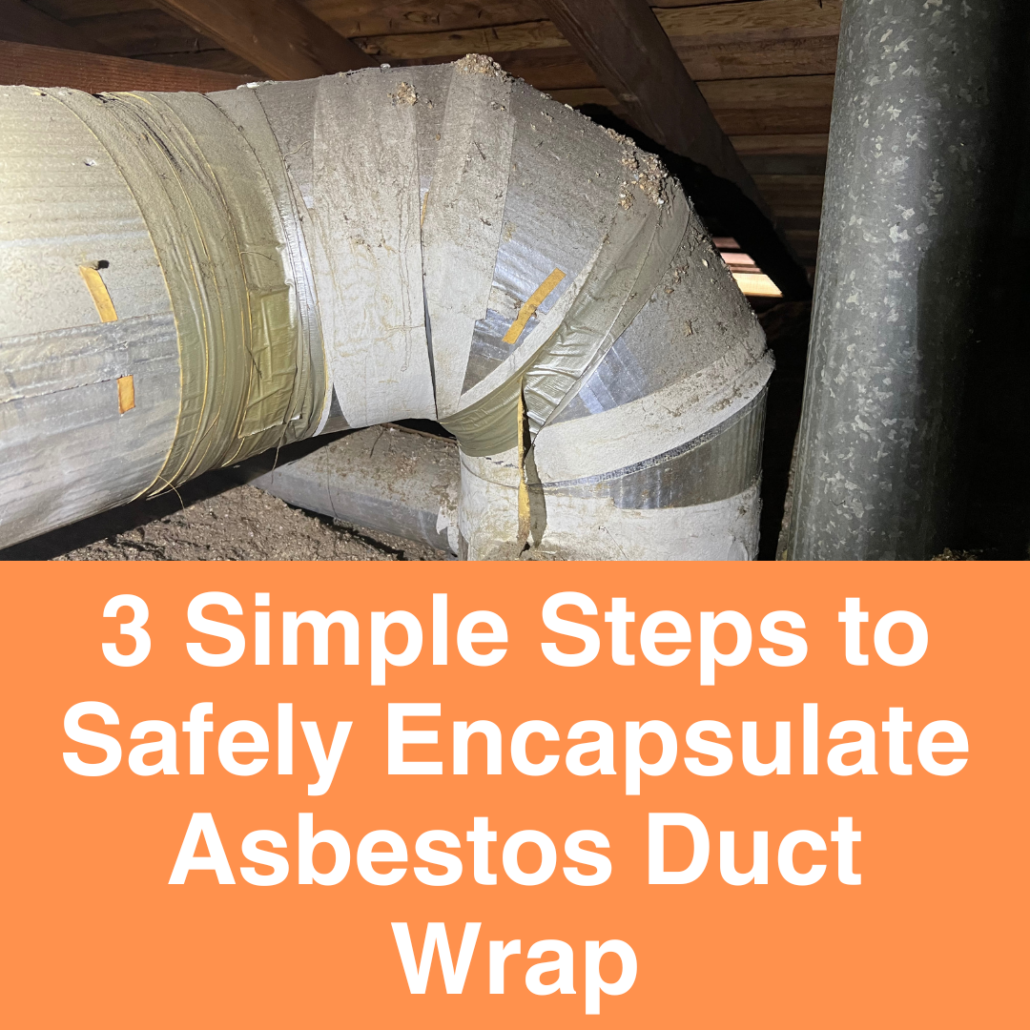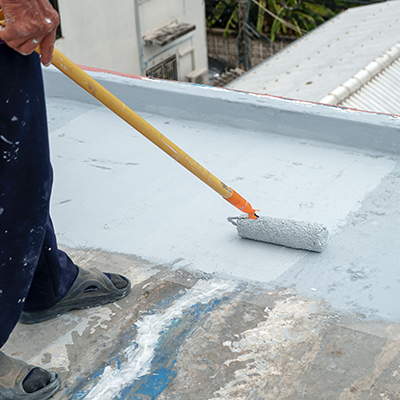Managing Asbestos: A Guide To Encapsulation Products
Managing Asbestos: A Guide to Encapsulation Products
Related Articles: Managing Asbestos: A Guide to Encapsulation Products
Introduction
With great pleasure, we will explore the intriguing topic related to Managing Asbestos: A Guide to Encapsulation Products. Let’s weave interesting information and offer fresh perspectives to the readers.
Table of Content
Managing Asbestos: A Guide to Encapsulation Products

Asbestos, a naturally occurring mineral once widely used for its fire-resistant and insulating properties, has been recognized as a significant health hazard. Its microscopic fibers, when inhaled, can cause serious lung diseases such as mesothelioma, asbestosis, and lung cancer. While the use of asbestos has been largely phased out in many countries, it remains present in older buildings and infrastructure, posing a potential risk.
Understanding Asbestos Encapsulation
One effective method of managing asbestos-containing materials (ACMs) is encapsulation. This process involves applying a sealant or coating over the ACM to contain the asbestos fibers and prevent their release into the air. Encapsulation products are designed to create a durable barrier that seals the asbestos fibers within the material, minimizing the risk of exposure.
Types of Encapsulation Products
A variety of encapsulation products are available, each with its own characteristics and applications:
1. Sealants:
- Acrylic Sealants: These water-based sealants are commonly used for encapsulating asbestos-containing floor tiles, sheet materials, and pipes. They offer good adhesion, flexibility, and durability.
- Epoxy Sealants: Epoxy-based sealants provide superior adhesion and chemical resistance, making them suitable for encapsulating ACMs in high-traffic areas or environments with harsh conditions.
- Polyurethane Sealants: Polyurethane sealants are known for their excellent flexibility and ability to bridge gaps. They are often used for encapsulating asbestos-containing insulation and textured coatings.
2. Coatings:
- Latex Coatings: These water-based coatings are readily available and offer good adhesion and durability. They are commonly used for encapsulating asbestos-containing walls, ceilings, and pipes.
- Acrylic Coatings: Acrylic coatings provide excellent UV resistance and weatherability, making them suitable for encapsulating ACMs exposed to outdoor elements.
- Epoxy Coatings: Epoxy coatings offer superior adhesion, chemical resistance, and durability, making them suitable for encapsulating ACMs in industrial settings.
3. Other Encapsulation Products:
- Spray-on Encapsulation Products: These products are applied as a spray and are often used for encapsulating large areas or irregularly shaped surfaces.
- Patching Compounds: These compounds are used to seal cracks and gaps in asbestos-containing materials, preventing fiber release.
Factors to Consider When Choosing Encapsulation Products
Selecting the right encapsulation product depends on several factors:
- Type of ACM: Different products are suited for different types of asbestos-containing materials.
- Location and Condition of ACM: The location and condition of the ACM will influence the type of product required. For example, products used for encapsulating asbestos-containing floor tiles will differ from those used for encapsulating asbestos-containing insulation in a ceiling.
- Environmental Conditions: The environmental conditions, such as temperature, humidity, and exposure to sunlight, will affect the performance of the encapsulation product.
- Cost: Encapsulation products vary in cost, and the most cost-effective option should be considered.
Benefits of Encapsulation
- Reduces Exposure to Asbestos Fibers: Encapsulation effectively contains asbestos fibers within the material, minimizing the risk of exposure and subsequent health problems.
- Preserves the Integrity of ACM: Encapsulation can help to preserve the integrity of asbestos-containing materials, extending their lifespan and delaying the need for more invasive removal methods.
- Cost-Effective: Encapsulation is often a more cost-effective solution compared to asbestos removal, especially when dealing with large areas or difficult-to-access materials.
- Minimal Disruption: Encapsulation procedures typically involve minimal disruption to the surrounding environment, making it a suitable option for occupied buildings or areas with sensitive equipment.
Important Considerations
- Professional Expertise: Encapsulation should be performed by qualified professionals with experience in asbestos handling and encapsulation techniques. They can assess the condition of the ACM, select the appropriate encapsulation products, and ensure proper application.
- Safety Precautions: It is essential to follow all safety precautions during encapsulation procedures, including wearing appropriate personal protective equipment (PPE) such as respirators, gloves, and protective clothing.
- Regular Inspection: Encapsulated ACMs should be inspected regularly to ensure the integrity of the sealant or coating. Any damage or deterioration should be addressed promptly to prevent fiber release.
FAQs
1. Is encapsulation a permanent solution for asbestos?
Encapsulation is not a permanent solution for asbestos. The sealant or coating can degrade over time, requiring re-application. However, it provides a long-term solution for managing asbestos, reducing exposure risks and extending the lifespan of the material.
2. Can I encapsulate asbestos myself?
It is strongly recommended to hire a qualified professional for asbestos encapsulation. Handling asbestos requires specialized knowledge, training, and safety precautions. Attempting to encapsulate asbestos yourself can pose significant health risks.
3. How long does encapsulation last?
The lifespan of an encapsulated ACM depends on the type of product used, the environmental conditions, and the level of maintenance. Generally, encapsulation products can last for several years, but regular inspections and re-application may be required.
4. Is encapsulation a legal requirement?
Legal requirements regarding asbestos management vary depending on location. In many jurisdictions, encapsulating asbestos is an acceptable method of managing ACMs, provided it meets specific regulations and is performed by qualified professionals.
5. What are the alternatives to encapsulation?
Alternatives to encapsulation include asbestos removal, which involves completely removing the ACM from the building. However, asbestos removal is typically more expensive and disruptive than encapsulation. Other options include asbestos containment, which involves isolating the ACM to prevent fiber release, and asbestos management plans, which outline procedures for managing asbestos risks.
Tips for Encapsulation
- Consult a Qualified Professional: Always consult with a qualified asbestos professional to assess the condition of the ACM and select the appropriate encapsulation products.
- Follow Safety Guidelines: Strictly adhere to all safety guidelines and wear appropriate personal protective equipment during encapsulation procedures.
- Inspect Regularly: Regularly inspect encapsulated ACMs to ensure the integrity of the sealant or coating.
- Maintain Records: Keep detailed records of the encapsulation procedures, including the products used, the date of application, and the inspector’s findings.
Conclusion
Encapsulation is an effective and often cost-effective method for managing asbestos-containing materials, reducing exposure risks and extending the lifespan of the material. By understanding the different types of encapsulation products, their benefits, and the importance of professional expertise, building owners and managers can make informed decisions about managing asbestos in their properties. While encapsulation is not a permanent solution, it provides a long-term solution for managing asbestos, ensuring a safer and healthier environment for occupants and workers.








Closure
Thus, we hope this article has provided valuable insights into Managing Asbestos: A Guide to Encapsulation Products. We hope you find this article informative and beneficial. See you in our next article!
You may also like
Recent Posts
- The Art Of Persuasion: A Comprehensive Guide To Makeup Product Label Design
- A Comprehensive Look At Mary Kay Cosmetics: Reviews, Insights, And Considerations
- Affordable Skin Care: A Guide To Effective Products Under INR 100
- Navigating The World Of Mary Kay Discounted Products: A Comprehensive Guide
- The Power Of High-Resolution Images: A Guide To Acquiring The Best Visuals For Your Projects
- The Power Of Reviews: Navigating The World Of Makeup Products
- Swiss Beauty Makeup: A Comprehensive Guide To Quality And Affordability
- Embracing Natural Beauty: Makeup Tips And Techniques For Women Over 50
Leave a Reply